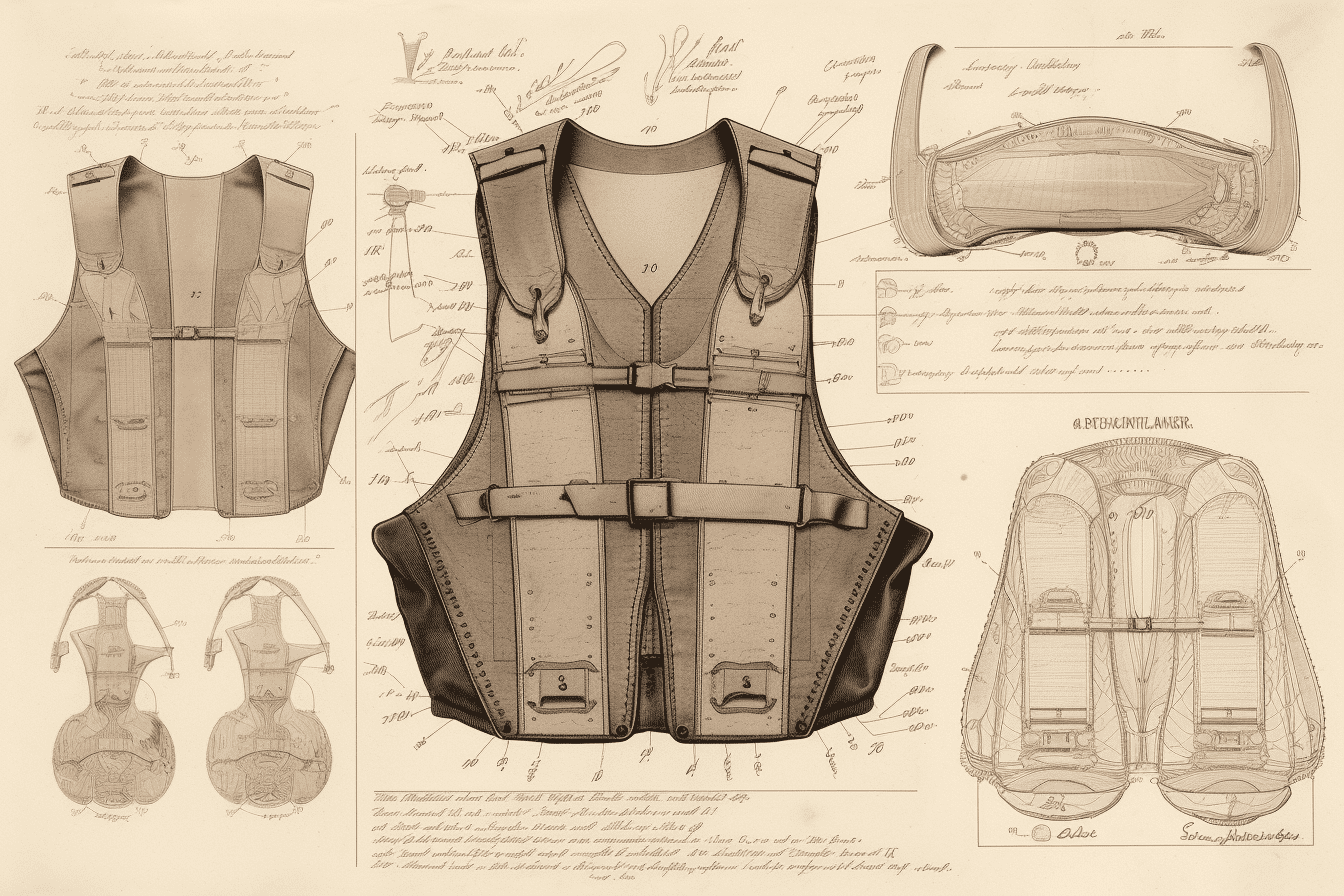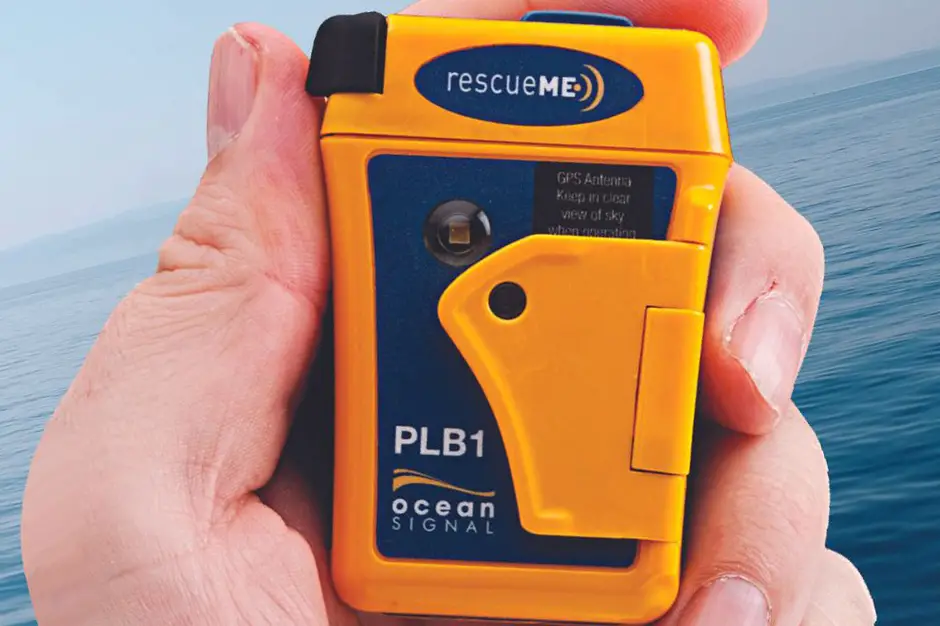There’s something incredibly liberating about being out on the water, isn’t there? The waves lapping against the boat, the wind in your hair, and an endless horizon stretching as far as the eye can see. It’s no wonder that we humans have been drawn to sailing for thousands of years.
However, with this love affair comes a healthy respect for the power of the ocean – and it’s thanks to lifejackets that many of us can confidently embrace our innate yearning for freedom while staying safe.
Lifejackets have come a long way since their humble beginnings when cork belts were used by Norwegian seamen more than 200 years ago. Today, they’re designed using sophisticated materials and technology to provide maximum buoyancy and comfort while ensuring style doesn’t take a back seat.
In fact, you might be surprised at just how much these essential pieces of safety gear have evolved over time. So let’s dive right in (pun intended) and explore the fascinating history behind one of humanity’s most important inventions – helping us satisfy our subconscious desire for freedom without compromising on safety.
Origins Of Lifejackets: The Cork Belt Era
Imagine a shipwrecked sailor, struggling to stay afloat amidst the raging waves of the ocean. Their lifeline? A simple belt made of cork – an innovation that would eventually transform into the modern lifejackets we rely on today.
This is where our story begins: in the Cork Belt Era, when buoyancy was provided by nature’s ingenious gift and people started exploring alternative natural materials for personal flotation devices. Cork harvesting sustainability played a significant role during this time, as it not only offered an eco-friendly solution but also met society’s growing need for safety when venturing out at sea.
The bark from cork oak trees was carefully stripped without harming the tree itself, allowing these valuable resources to regenerate over time. As more and more sailors began relying on these cork belts for their survival, researchers were compelled to investigate other possible natural materials with similar properties.
As time progressed, so too did our understanding of what makes an effective life-saving device. From humble beginnings with cork belts strapped around waists to keep souls above water, to sophisticated vests designed using advanced technology and contemporary materials like foam or inflatables – all while keeping environmental concerns in mind.
Yet still, there remains something special about those early days of ingenuity; when humankind took its first tentative steps towards harnessing nature’s power in order to defy her often-unforgiving forces. Today’s lifejackets may have come far beyond their predecessors’ capabilities, but they owe much gratitude to that initial spark of creativity born within the heart of maritime exploration.
Advancements In Materials And Design
As we leave behind the cork belt era of lifejackets, it’s essential to recognize that their early origins paved the way for significant advancements in materials and design. The once rudimentary safety devices have now evolved into innovative lifesaving equipment that not only prioritizes our security but also appeals to our deep-rooted desire for freedom.
- Material Sustainability: Lifejacket manufacturers began exploring new materials with improved buoyancy, durability, and eco-friendliness. One such material is Kapok – a natural fiber found within tropical tree seeds that possesses excellent water resistance properties. Another sustainable option includes recycled foam made from post-consumer waste like plastic bottles.
- Design Adaptability: Driven by diverse user needs and activities, lifejackets have become more versatile than ever before. Inflatable models offer wearers a low-profile fit without compromising flotation capabilities; while performance-oriented designs cater specifically to watersports enthusiasts who require increased flexibility during high-intensity sports.
- Embracing Freedom: Perhaps one of the most critical aspects of modern lifejacket evolution is acknowledging users’ subconscious need for liberation when engaging with aquatic environments. As a result, contemporary designs are lightweight, compact, and less restrictive – carefully crafted to promote an unencumbered experience on the water.
The transformative journey of lifejackets demonstrates how human ingenuity can create products that harmoniously balance safety concerns alongside our innate quest for adventure and exploration. With each passing year, newer technologies push the boundaries of what’s possible in material sustainability and design adaptability even further: ensuring future generations will continue benefiting from reliable yet liberating nautical gear as they embark upon their own voyages across Earth’s vast oceans.
The Introduction Of Inflatable Lifejackets
The quest for ultimate freedom and safety on water led to the groundbreaking invention of inflatable lifejackets. These marvels of engineering combined the best aspects of buoyancy, comfort, and style to create a new frontier in personal flotation devices.
Inflatable lifejacket safety quickly gained popularity among boating enthusiasts, sailors, and even casual swimmers who desired an added level of security while enjoying their aquatic adventures. A key factor that makes inflatable lifejackets so appealing is their low profile design. When not inflated, they take up minimal space and allow wearers to move unencumbered by bulky foam or heavy padding found in traditional life preservers.
However, when needed most, these jackets can be swiftly activated either manually or water activated automatically, providing users with instant buoyancy in critical situations. As more individuals began embracing this newfound sense of liberation on the open sea, it became essential to provide maintenance tips to ensure these innovative lifesavers remained in prime condition.
To keep your inflatable lifejacket functioning at its peak performance, regular inspection should become part of your routine before venturing out into the water. Check for any visible signs of wear and tear such as abrasions or punctures that could compromise the device’s inflation capabilities. All of these would render this lifejacket as a failure.
Additionally, make sure all straps are securely fastened and free from damage; after all, you wouldn’t want a faulty buckle standing between you and survival during an unexpected plunge!
Embrace both freedom and safety offered by cutting-edge technology while maintaining vigilance as per the manufacturer’s instructions through periodic check-ups – because nothing beats being prepared when setting sail toward adventure’s horizon.
Modern Lifejacket Technology
Like a phoenix rising from the ashes, modern lifejacket technology has soared to new heights in recent years. Engineers and designers have been working tirelessly to innovate and improve upon traditional designs, ensuring that today’s lifejackets are not only more effective at saving lives but also provide unparalleled comfort and freedom for wearers.
- Smart Fabrics Integration: One of the most significant advancements in modern lifejacket technology is the incorporation of smart fabrics into their design. These materials can adapt to environmental conditions, regulate body temperature.
- Personalized Fit Adjustments: Lifejackets now offer a multitude of personalized fit adjustments which allow users to easily tailor them according to individual body types and preferences. This ensures maximum comfort while still providing optimal safety features.
- Lightweight Materials: The use of lightweight and Hi-visibility materials also advanced foam technologies allow for increased buoyancy without sacrificing movement or causing discomfort. As a result, individuals wearing these lifejackets experience minimal restriction on their activities.
- Enhanced Visibility Features: Modern lifejackets often include reflective elements Hi-visibility material, built-in LED lights designed to increase visibility during low-light situations or emergency rescues, further improving wearer safety.
The future looks bright for this essential piece of water safety equipment. With continued advances in textile engineering and manufacturing techniques, we can expect even greater developments in terms of both performance enhancement and user satisfaction. No longer will people feel confined by bulky, uncomfortable flotation devices – instead, they’ll be free to enjoy all the thrills and excitement that aquatic adventures have to offer with confidence knowing they’re supported by state-of-the-art life-saving gear.
What Are the Latest Innovations in Lifejackets for Boating?
When it comes to boating safety, investing in the best boating lifejackets is crucial. The latest innovations have brought significant advancements in this technology. These lifejackets now feature inflatable designs that are lightweight and comfortable to wear. Additionally, they come equipped with automatic inflation systems, built-in whistles, and reflective materials for enhanced visibility, ensuring the ultimate protection while out on the water.
Future Developments And Innovations In Lifejackets
As we marvel at the advancements in modern lifejacket technology, it’s impossible not to wonder what lies ahead. The future of lifejackets promises even more exciting innovations and developments that will continue to transform our relationship with water-based activities, granting us unprecedented freedom and safety as we explore and enjoy the open waters. But the biggest developments in your boating safety is to complete your safety checklist before boating.
Remember everyone that travels on your boat. You are the skipper and you are responsible.





Leave a Reply